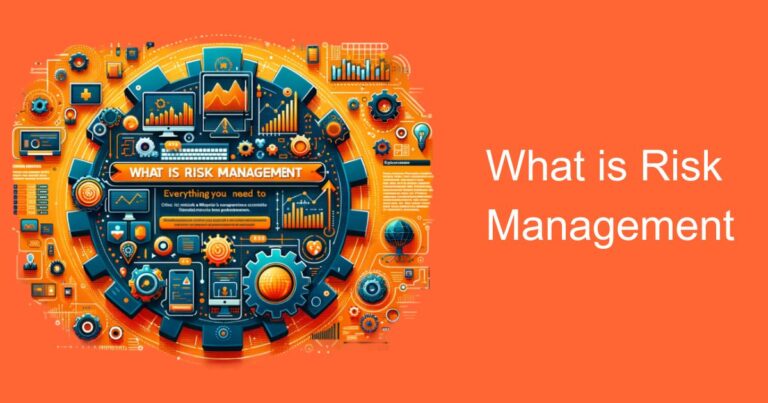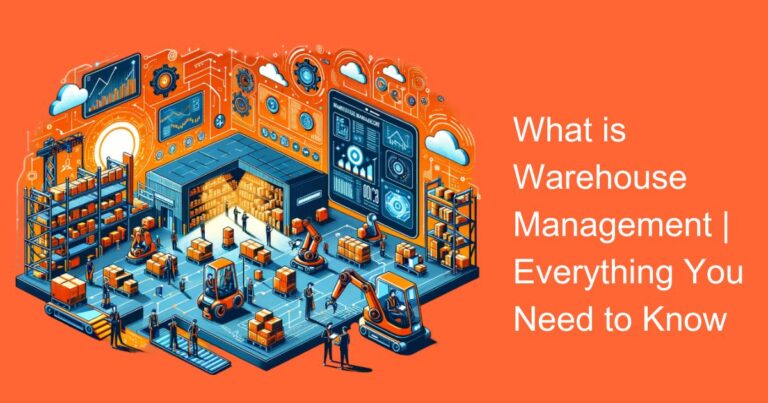Introduction:
Asset Lifecycle Management (ALM) refers to the systematic management of an asset from its acquisition to its disposal. In the Indian context, ALM plays a crucial role in ensuring the effective utilization of resources, reducing costs, and maximizing returns on investment. This blog will focus on the best practices for Asset Lifecycle Management in India.
Challenges in Asset Lifecycle Management in India:
India faces several challenges when it comes to Asset Lifecycle Management. These include poor maintenance practices, inadequate funding, a lack of skilled professionals, and a high rate of equipment failure. In addition, the absence of an effective asset tracking system makes it difficult to track asset performance and maintain an accurate inventory.
Best Practices for Asset Lifecycle Management in India:
1. Asset Identification and Categorization:
The first step in effective Asset Lifecycle Management is the proper identification and categorization of assets. This involves creating a comprehensive inventory of all assets and classifying them according to their importance, condition, and criticality. This helps in prioritizing maintenance activities and ensuring that resources are allocated to the most critical assets.
2. Regular Maintenance and Inspections:
Regular maintenance and inspections are crucial to ensure the smooth functioning of assets. This includes routine checks, repairs, and replacements to prevent breakdowns and extend the life of the asset. By implementing a proactive maintenance schedule, organizations can reduce downtime, increase productivity, and minimize costs.
3. Effective Asset Tracking:
Effective asset tracking is essential to monitor asset performance and identify potential issues before they become major problems. Asset tracking involves the use of asset management software that allows organizations to track asset location, usage, maintenance history, and other important data. This helps in identifying trends and patterns, making informed decisions, and optimizing asset utilization.
4. Investment in Skilled Professionals:
Investing in skilled professionals is critical to effective Asset Lifecycle Management. Skilled professionals, such as engineers, technicians, and maintenance personnel, are required to operate and maintain assets efficiently. In addition, regular training and upskilling programs can help employees stay up-to-date with the latest technologies and best practices.
5. Data-Driven Decision Making:
Data-driven decision making is the key to optimizing asset utilization and improving performance. By collecting and analyzing data on asset performance, organizations can identify inefficiencies and areas for improvement. This can help in reducing costs, increasing productivity, and maximizing returns on investment.
6. Disposal and Replacement:
Proper disposal and replacement of assets are essential to ensure that organizations are not stuck with obsolete and inefficient equipment. This involves identifying assets that are no longer needed and disposing of them in an environmentally friendly manner. In addition, it is important to identify opportunities for asset replacement with newer and more efficient models that can improve productivity and reduce costs.
Conclusion:
Effective Asset Lifecycle Management is critical to the success of organizations in India. By following the best practices outlined in this blog, organizations can optimize asset utilization, reduce costs, and maximize returns on investment. With a focus on regular maintenance, effective asset tracking, and data-driven decision making, organizations can improve the performance of their assets and gain a competitive advantage in the marketplace.








